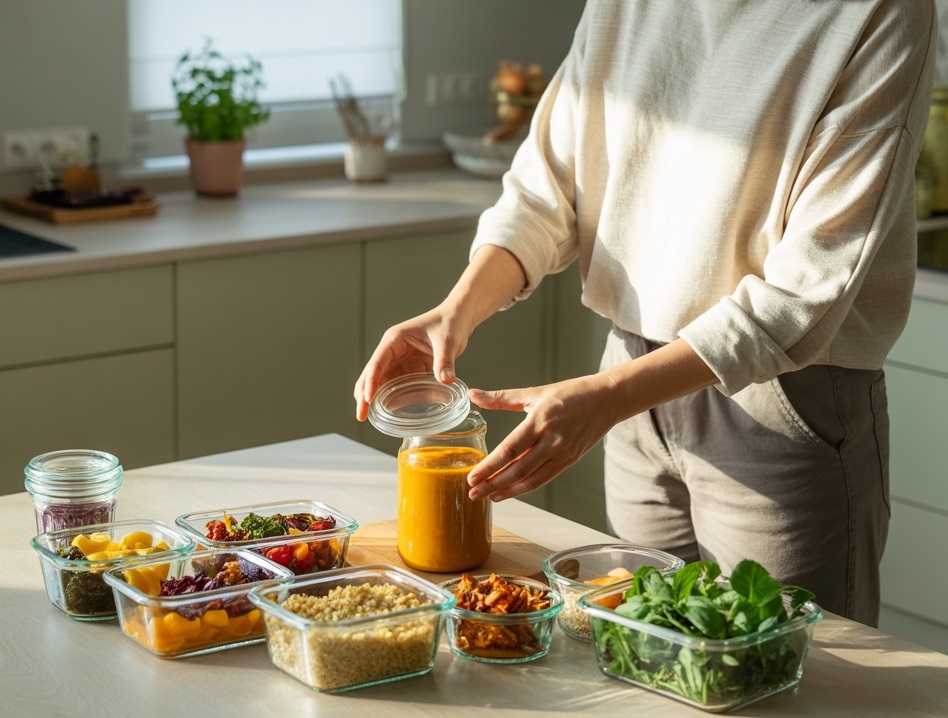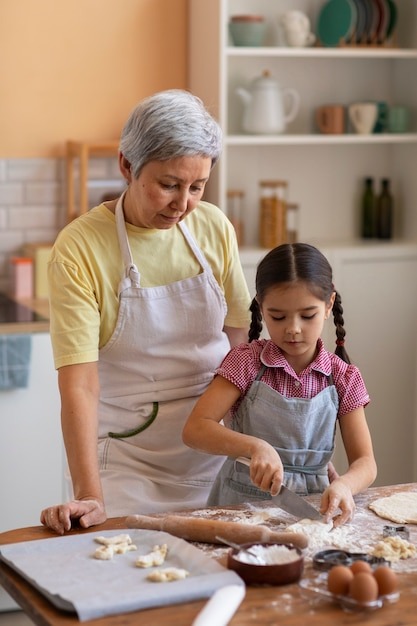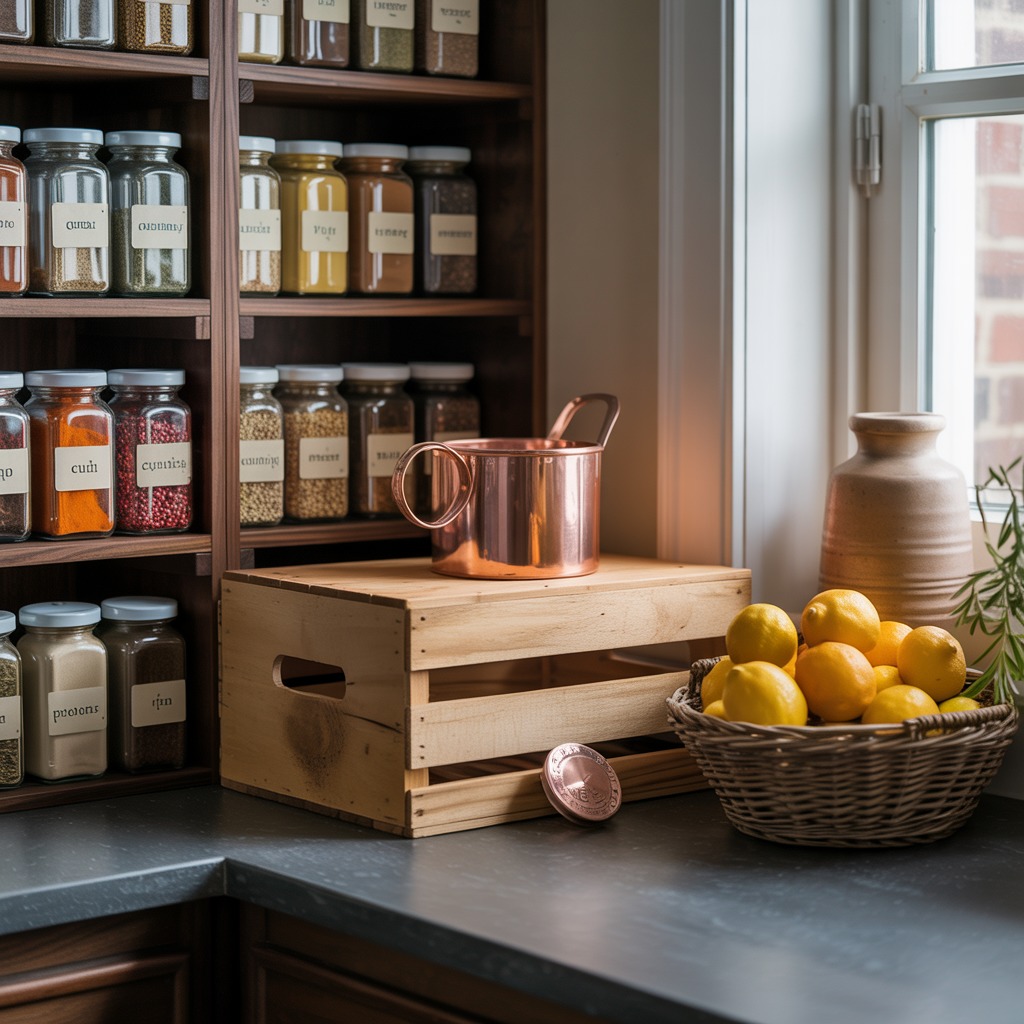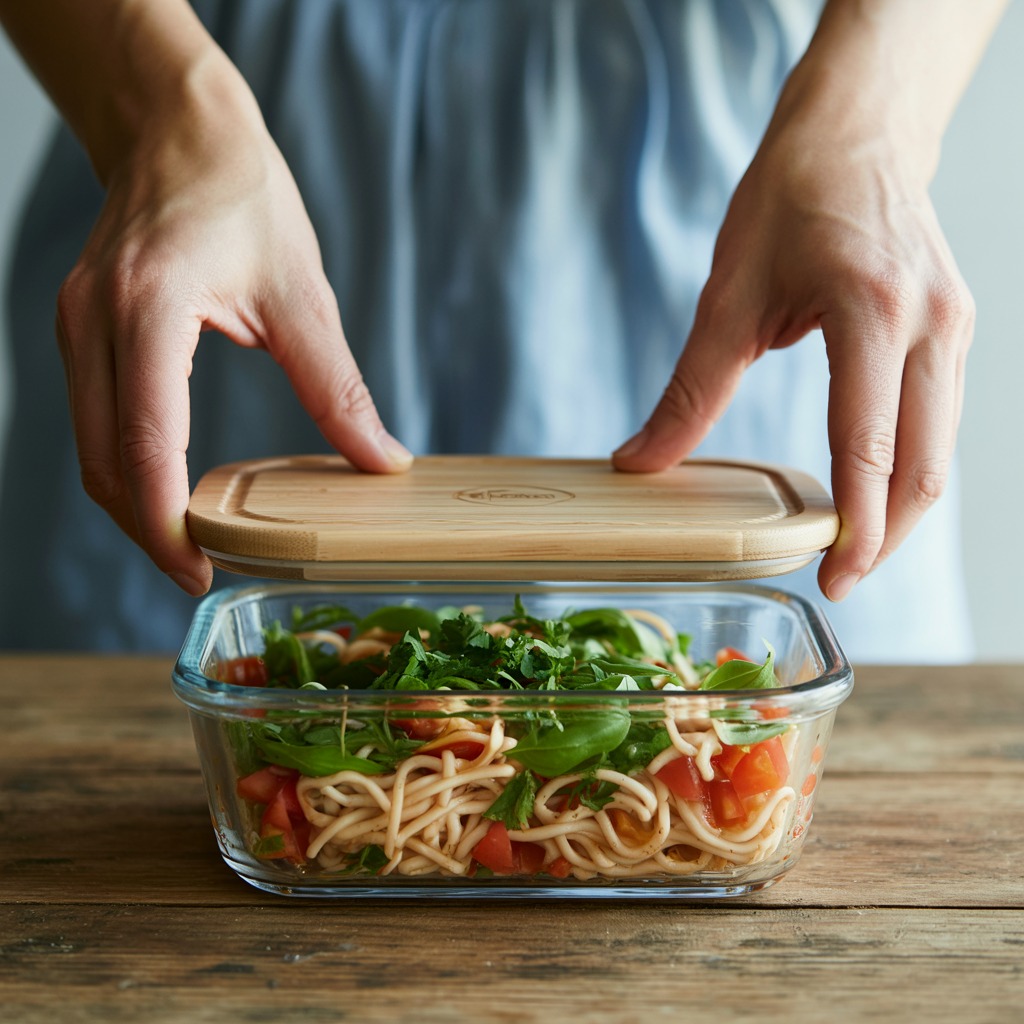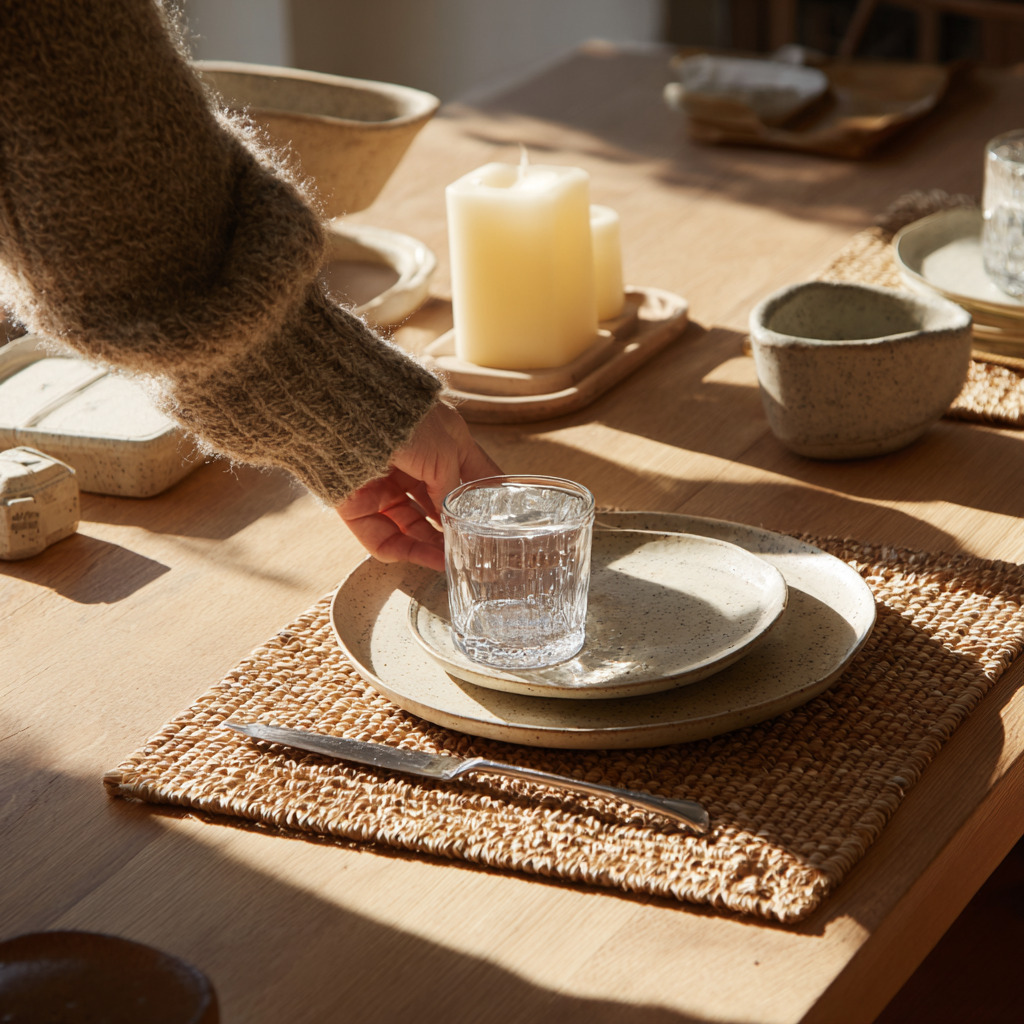Teaching My Kids to Taste (Not Just Eat)
When my daughter was four, she asked me if basil and mint were cousins. She had plucked a leaf from the garden, sniffed it, and looked at me like she had solved a mystery. That moment stuck with me.
It’s not that we set out to raise mini chefs. But in our home, food isn’t just something to chew—it’s something to notice. We talk about how things smell, what makes something sour, how cinnamon feels warm even when it’s not hot.
I think it began because I wanted our meals to matter. We don’t always eat fancy, but we eat with intention. Homemade doesn’t just mean from scratch—it means we thought about it, touched it, chose it. Even if it’s just buttered toast.
Now, teaching my kids to taste has become one of my favorite quiet joys. It slows us down. It sparks curiosity. And it helps them see food as more than just fuel.
Building Curiosity at the Table
We play a game at dinner called “What’s That Flavor?” I’ll cook something new—maybe a lemony roast chicken or a soup with star anise—and ask them to guess what they’re tasting.
Sometimes they get it right. Sometimes they say “it tastes like grandma’s house.” Both are wins.
Giving names to flavors helps build a vocabulary. Not for correctness—but for connection. If my son says the soup feels “pointy,” I get what he means. We laugh, and we learn.
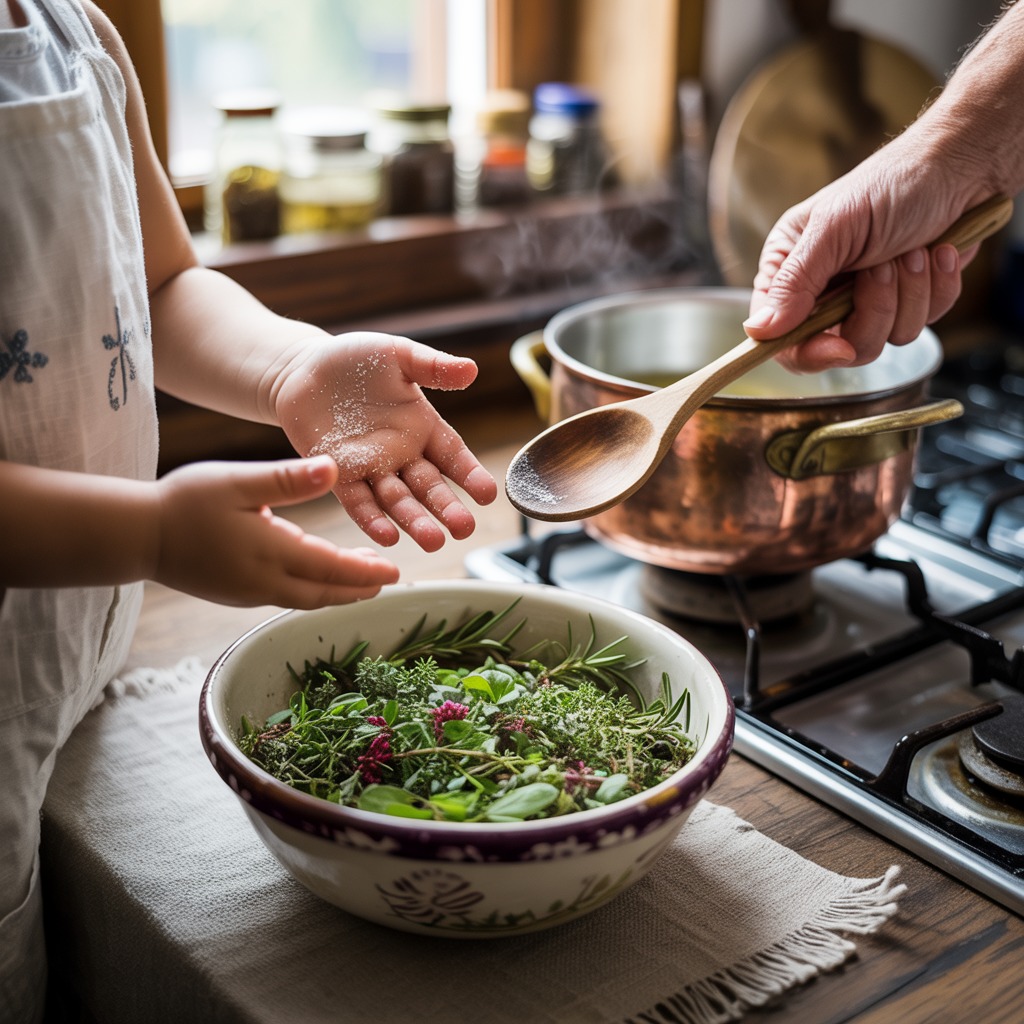
Using All Five Senses
Tasting isn’t just with the tongue. It’s also about watching oil shimmer in a pan, hearing the crunch of a toasted sandwich, smelling garlic hit hot butter.
So when we cook together, I make space for that. They touch herbs. They stir spices. They know how rosemary smells compared to thyme, even if they can’t spell them yet.
We don’t always get it right. One time, my daughter cried because the cardamom was “too spicy” in a cookie. But she tried. And that’s everything.
Making Room for Mistakes
Part of tasting is also learning what we don’t like. We had a long season of “no mushrooms” in our house. I didn’t push it. We kept trying them in different ways—crispy, saucy, blended into things.
Eventually, they came around. Not because I forced it, but because their palate grew.
I try to model the same. I’ll say when something didn’t turn out the way I wanted. We taste and talk about why. Sometimes we laugh. Sometimes we eat cereal instead.
Why It Matters
When kids know how to taste, they don’t just become better eaters—they become more curious people.
They ask questions. They try new things. They pay attention. And in a world that’s always rushing, that feels like a gift.
It’s not about being fancy. It’s about being present. When my son describes toast as “buttery in the middle but crunchy like gravel on the edge,” I feel like I’ve won the jackpot.
Final Thoughts
Every dinner won’t be poetic. Some nights it’s fish sticks and ketchup. But even then, we notice—the crisp, the dip, the heat.
And maybe one day, when they’re grown, they’ll reach for rosemary and smile. Not just because it tastes good—but because it tastes like home.
What flavors feel like home to you? And what would happen if we all slowed down to really taste them?

